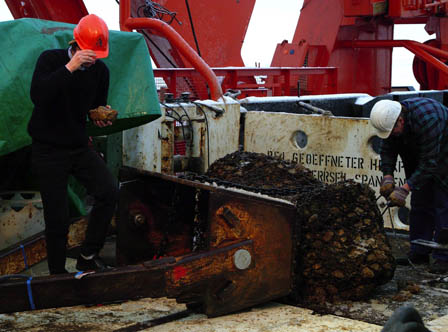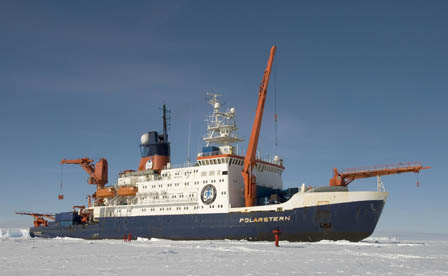“I just about fell off my chair,” Snow said.
Snow realized he found something that, for many geologists, is as rare and fascinating as moon rocks – mantle rocks devoid of sea floor alteration. Analysis of the isotopes of osmium, a noble metal rarer than platinum within the mantle rocks, indicated they were two billion years old.
uh.edu
Since the mantle is slowly moving and churning within the Earth, geologists believe the mantle is a layer of well-mixed rock. Fresh mantle rock wells up at mid-ocean ridges to create new crust. As the tectonic plates move, this crust slowly makes its way to a subduction zone, a plate boundary where one plate slides underneath another and the crust is pushed back into the mantle from which it came. Because this process takes about 200 million years, it was surprising to find rocks that had not been remixed inside the mantle for two billion years.
For more information, this research work has been published in Nature under the title “Ancient, highly heterogeneous mantle beneath Gakkel ridge, Arctic Ocean” (Volume 452, Number 7185, Pages 311-316, March 30, 2008).
abstract of the paper
nature.com


Mantle rock from the Arctic Gakkel Ridge...

... is sliced thinner than a human hair and illuminated with polarized light, showing the minerals that make up the mantle. In this sample, fresh olivine dominates (bright colors), but in nearly all other ocean floor mantle samples, olivine has mostly been altered to dull gray serpentine (not seen in this sample). The sample is 27 x 47 mm in size. |







